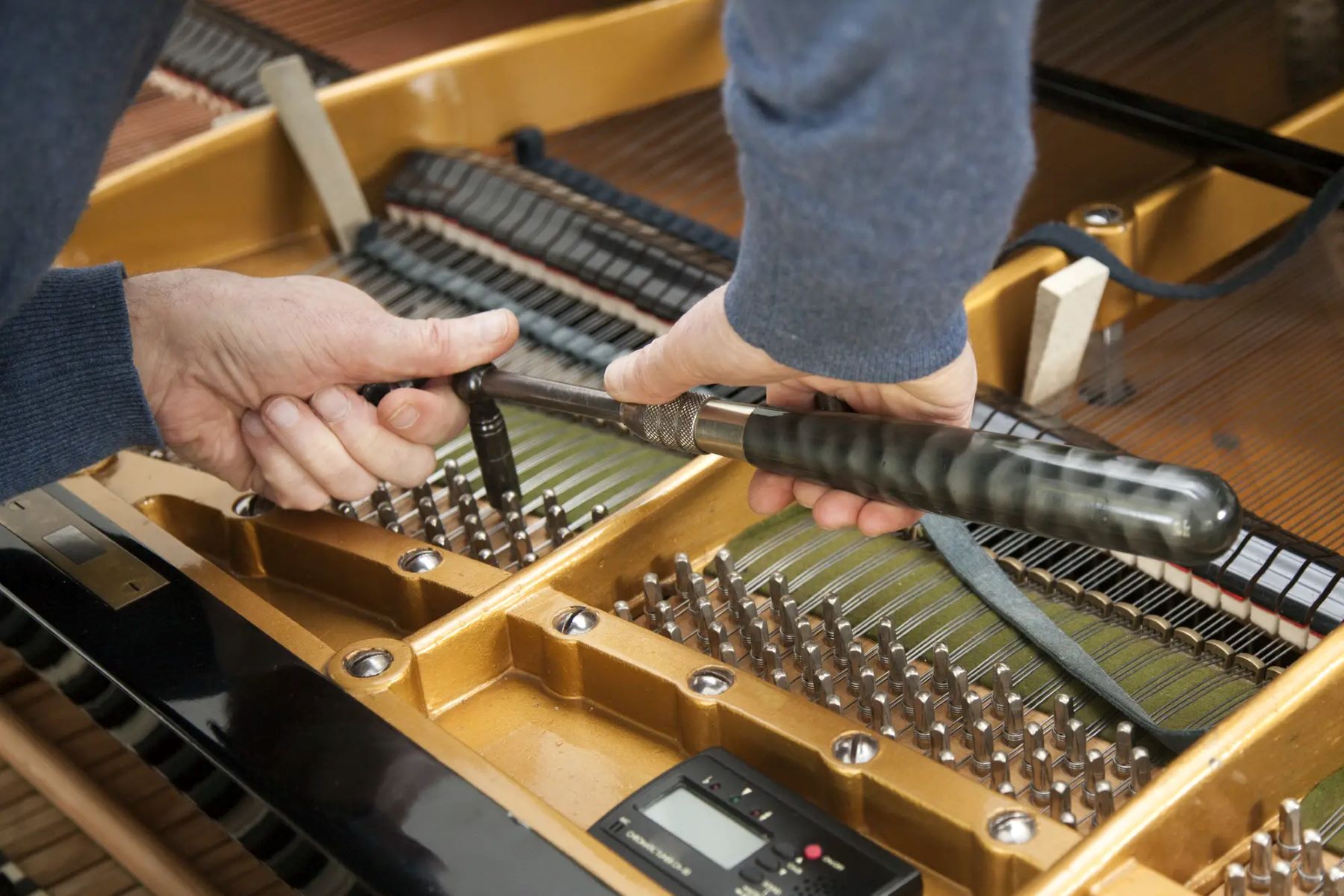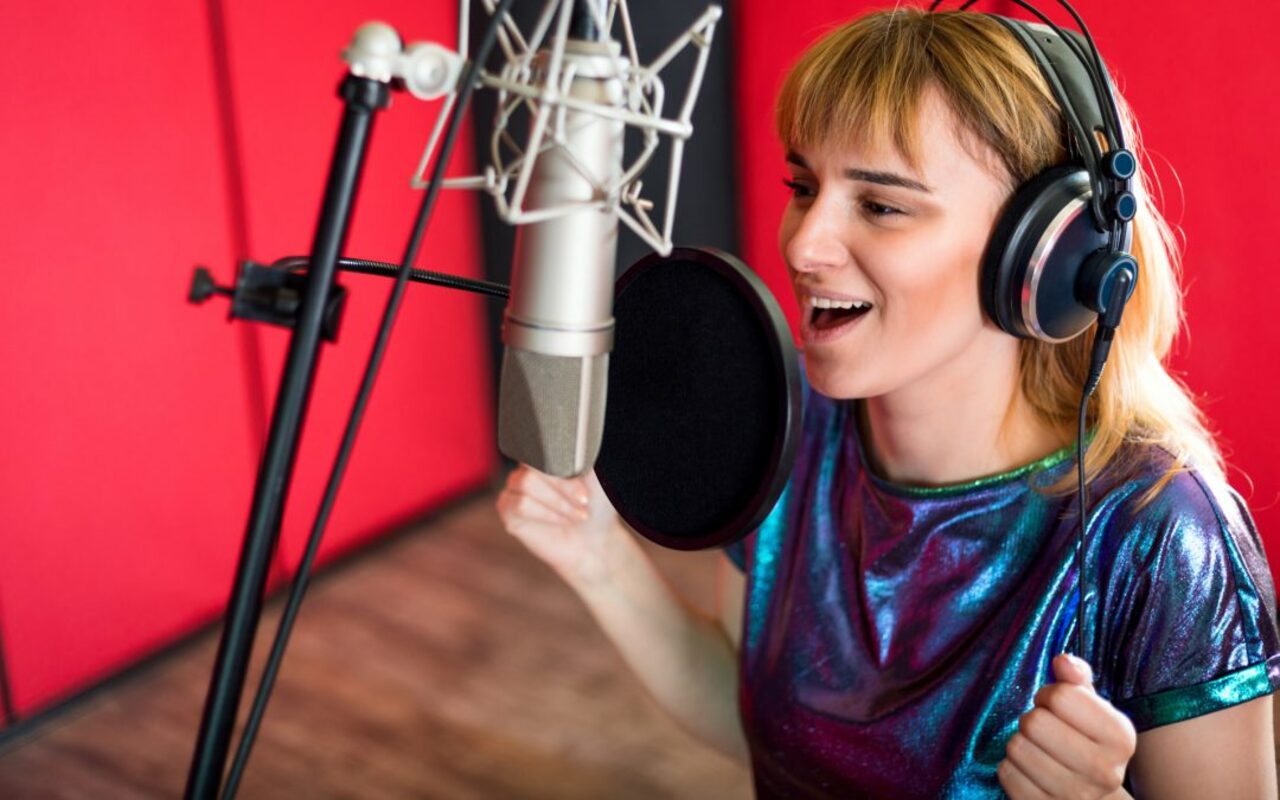Home>Instruments>Piano>How Long Does It Take To Tune A Piano


Piano
How Long Does It Take To Tune A Piano
Published: February 9, 2024
Learn how long it takes to tune a piano and the factors that can affect the duration. Discover the process and timeline for piano tuning.
(Many of the links in this article redirect to a specific reviewed product. Your purchase of these products through affiliate links helps to generate commission for AudioLover.com, at no extra cost. Learn more)
Introduction
When it comes to the world of music, the piano holds a special place. Its timeless elegance and versatility have made it a beloved instrument for centuries. Whether it’s a classic piece by Mozart or a contemporary composition, the piano’s rich and resonant sound has the power to captivate audiences of all ages.
However, maintaining the pristine sound quality of a piano requires regular tuning. This meticulous process is essential for ensuring that each note rings true and harmonious, allowing the instrument to perform at its best. But have you ever wondered how long it takes to tune a piano? The answer is not as straightforward as it may seem, as several factors come into play, influencing the time required for this delicate task.
In this article, we’ll delve into the intricacies of piano tuning, exploring the various elements that impact the duration of the process. From the condition of the piano to the expertise of the tuner, each factor plays a crucial role in determining the time needed to achieve that perfect pitch. By gaining insight into these aspects, you’ll develop a deeper appreciation for the artistry and precision involved in piano tuning.
Factors Affecting Piano Tuning Time
Several factors influence the time it takes to tune a piano, making each tuning session a unique endeavor. Understanding these variables can provide valuable insight into the intricacies of the process.
- Piano Condition: The condition of the piano significantly impacts the tuning duration. A well-maintained instrument that receives regular tuning may require less time to achieve optimal pitch stability. On the other hand, a piano that has been neglected or exposed to fluctuating environmental conditions may demand more extensive adjustments, thereby prolonging the tuning process.
- Pitch Instability: Pianos that have gone a long time without tuning may experience pitch instability, where the strings gradually deviate from their intended pitches. Addressing this issue can be time-consuming, especially if the piano requires multiple passes to stabilize each note.
- Expertise of the Tuner: The skill and experience of the piano tuner play a pivotal role in determining the tuning time. A seasoned tuner with a keen ear and proficient technique can efficiently navigate the intricacies of the instrument, potentially reducing the overall tuning duration. Conversely, less experienced tuners may require additional time to achieve precise results.
- Additional Repairs: In some cases, a piano may require minor repairs or adjustments alongside the tuning process. Whether it’s addressing a buzzing sound, fixing a sticky key, or regulating the action, these supplementary tasks can extend the overall tuning time.
- Environmental Factors: The environment in which the piano is situated can influence the tuning process. Factors such as humidity, temperature fluctuations, and exposure to direct sunlight can impact the stability of the instrument, potentially requiring extra time to achieve and maintain accurate tuning.
By considering these variables, both piano owners and tuners can gain a comprehensive understanding of the nuanced factors that contribute to the time required for a successful tuning session. Each element intertwines with the others, shaping the unique journey of bringing a piano to its optimal harmonic state.
The Tuning Process
The art of piano tuning is a meticulous and multi-faceted process that demands precision, patience, and a discerning ear. Understanding the steps involved in this intricate endeavor provides insight into the time and expertise required to achieve optimal results.
The tuning process typically begins with an assessment of the piano’s current state, including an evaluation of its overall condition and any specific issues that may need attention. The tuner carefully inspects the instrument, identifying areas of pitch instability, string wear, or other factors that could impact the tuning.
Once the initial assessment is complete, the tuner begins the painstaking task of adjusting the tension in each piano string to bring it to the precise pitch. This process involves using specialized tools to manipulate the tuning pins, delicately altering the tension of the strings until the desired pitch is attained. Tuners rely on their acute sense of hearing to discern the subtle nuances of each note, ensuring that the instrument resonates with clarity and harmony.
Throughout the tuning process, the tuner may need to make multiple passes across the entire piano, refining the pitch of each note to achieve uniformity and coherence across the instrument. This meticulous attention to detail is essential for creating a balanced and sonorous sound that resonates throughout the entire piano.
In addition to adjusting the pitch, the tuner may address other aspects of the piano’s mechanics, such as regulating the action, voicing, or addressing any minor repairs that could impact the instrument’s performance. These supplementary tasks, while not directly related to tuning, contribute to the overall quality and functionality of the piano.
Each step of the tuning process requires a blend of technical expertise, artistic sensibility, and a deep understanding of the instrument’s mechanics. The time invested in meticulously fine-tuning each string and ensuring the piano’s overall integrity reflects the dedication and craftsmanship inherent in the art of piano tuning.
Conclusion
The duration of a piano tuning session is influenced by a myriad of factors, each playing a distinctive role in shaping the overall process. From the condition of the piano to the expertise of the tuner, these elements intertwine to determine the time and precision required to achieve optimal results.
Understanding the complexities of piano tuning not only fosters a deeper appreciation for the artistry and skill involved but also empowers piano owners to make informed decisions regarding the maintenance of their cherished instruments. Regular tuning, coupled with attentive care and consideration for environmental factors, can contribute to the longevity and resonance of a piano’s sound.
Ultimately, the time invested in tuning a piano is a testament to the dedication and craftsmanship of the tuner, as well as the inherent beauty and complexity of the instrument itself. Each delicate adjustment and discerning ear contribute to the symphonic harmony that resonates from the heart of the piano, captivating audiences and musicians alike.
As we unravel the intricacies of piano tuning, we unveil a world where art and science converge, where precision and passion harmonize to create an enduring legacy of musical excellence. The next time you hear the resounding notes of a piano, may you appreciate not only the melody but also the meticulous artistry that brings it to life.











